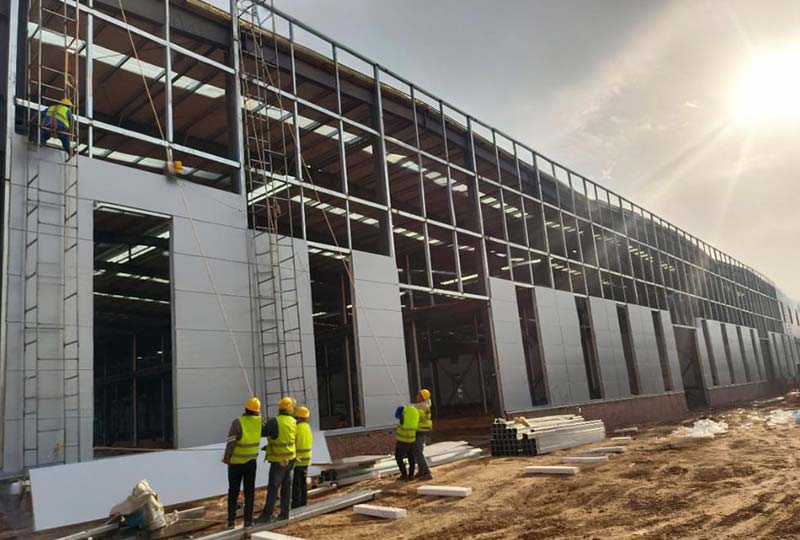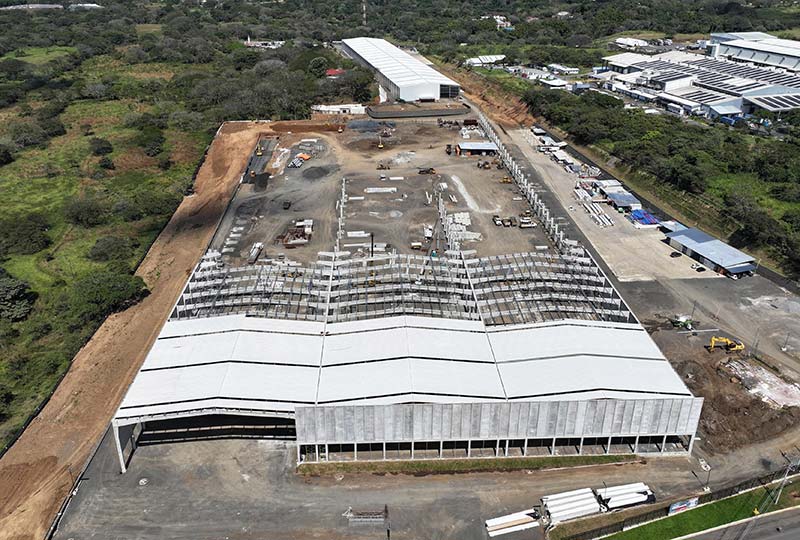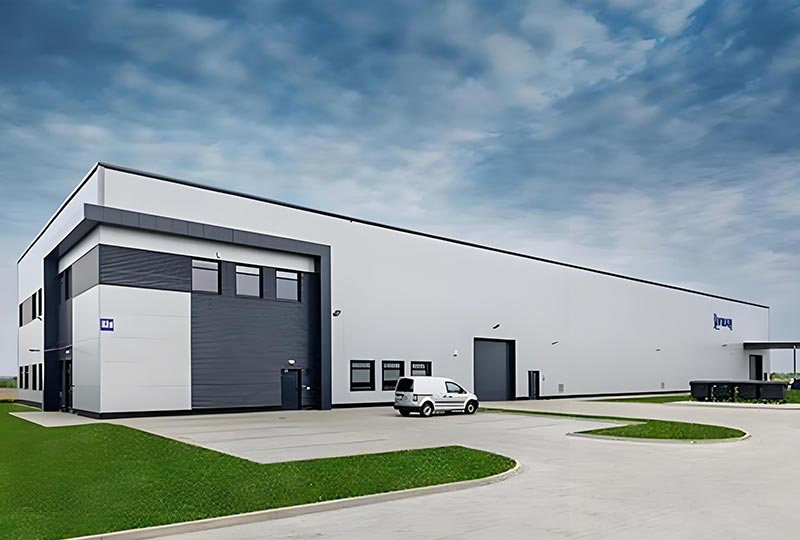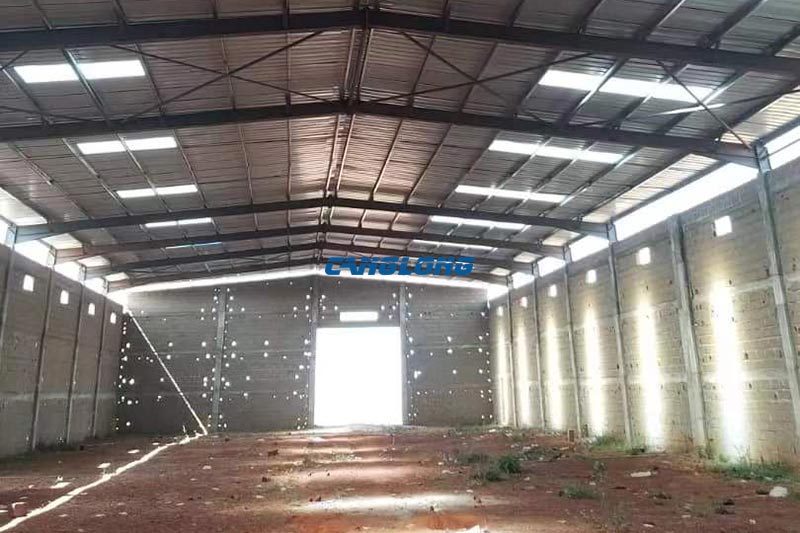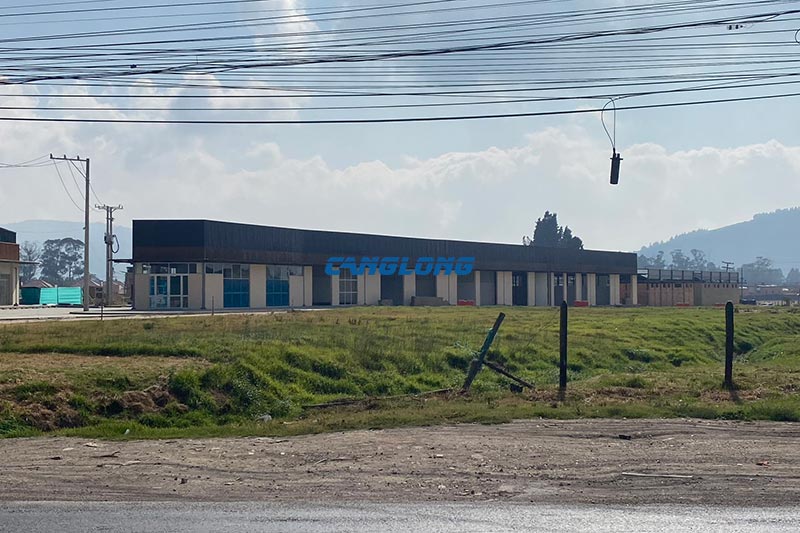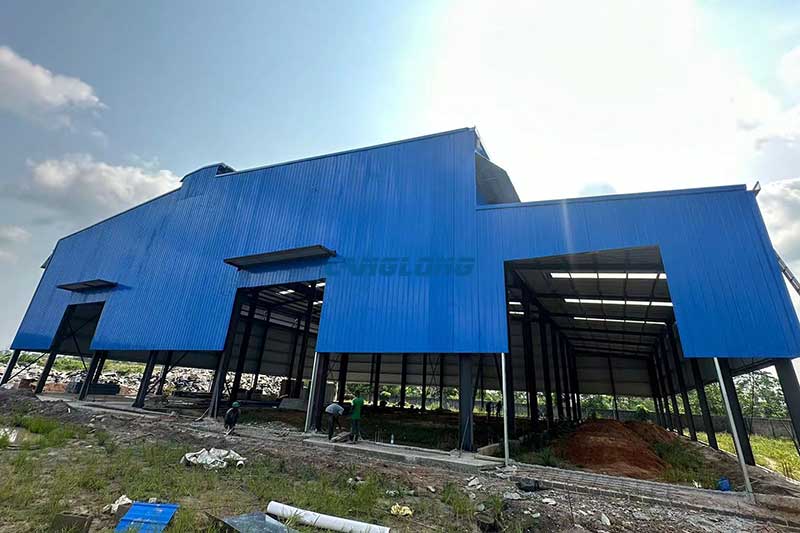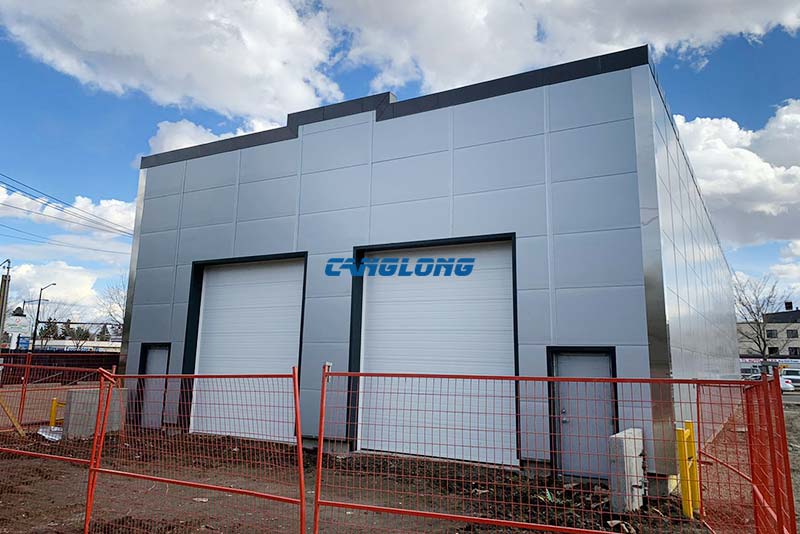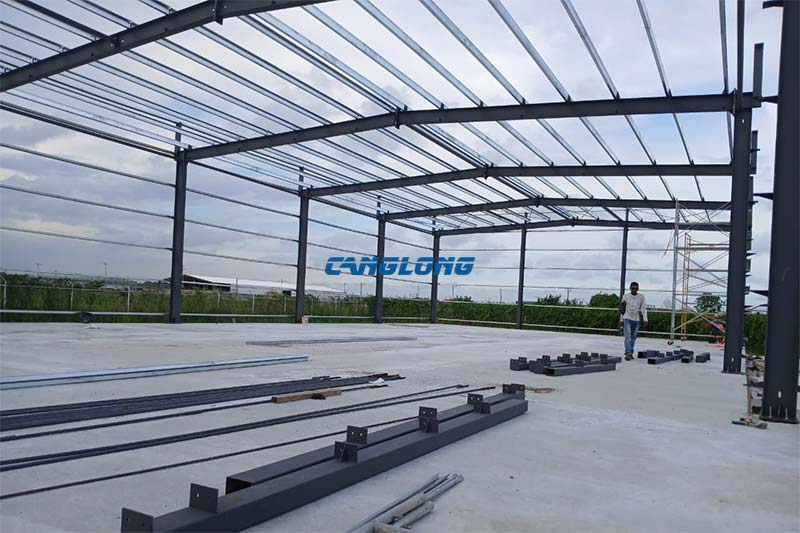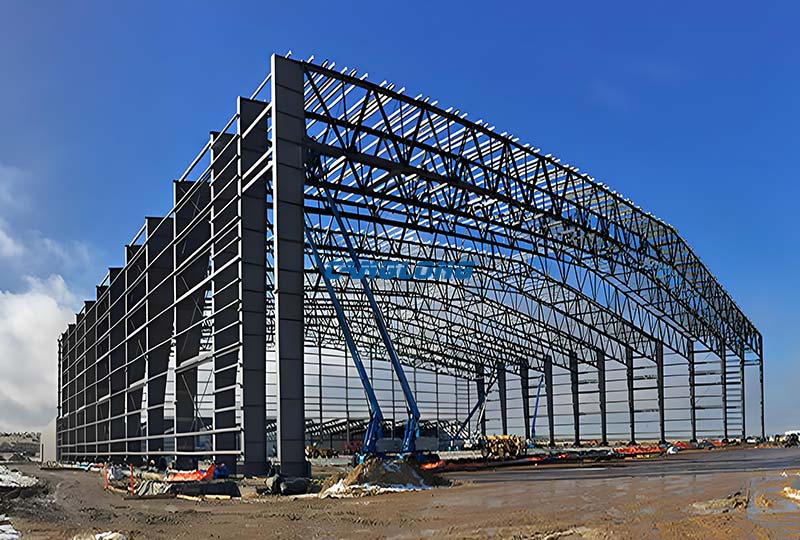
 2025-09-03
2025-09-03
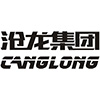
How has steel structure become the new standard for industrial construction?
At the oil and gas processing plant in Siberia, modular steel structure frame is being constructed at a rate of 5000 square meters per week. At the electronic manufacturing industrial park in Ho Chi Minh City, Vietnam, prefabricated steel components are transported by barge along the Mekong River to the construction site and the first layer of assembly is completed within 72 hours. In the NEOM new city in Saudi Arabia, the world’s largest green hydrogen plant uses corrosion-resistant special steel with a design life of up to 50 years. These scenes are happening simultaneously in the field of industrial construction.
While traditional concrete structures still dominate half of industrial construction, steel structures have quietly become the new standard for global industrial construction through technological iteration, policy driven, and market driven resonance. This transformation is not only about material substitution, but also a microcosm of industrial civilization’s transition towards low-carbon, efficient, and intelligent.
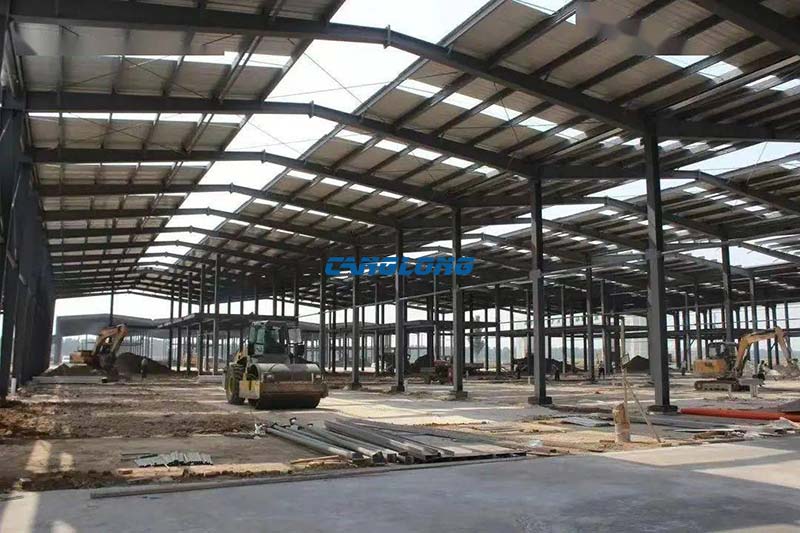
Ⅰ. From optional options to mandatory options
The core requirements of industrial architecture always revolve around spatial flexibility, construction efficiency, cost controllability, and long-term durability. Traditional concrete structures are gradually unable to meet the agile production needs of modern industry due to their heavy weight, long construction period (average 6-12 months), and high on-site pollution (construction waste accounts for 30% of the world’s total). The three major technological breakthroughs in steel structure has upgraded it from an optional solution to a mandatory option.
1. Revolutionary improvement in material performance
The advancement of modern metallurgical technology has increased the strength of steel by three times compared to the 20th century. The yield strength of high-strength steels such as Q460 and Q550 can reach 460-550MPa, while the compressive strength of ordinary concrete is only 15-30MPa. Converted to the same bearing capacity, the amount of steel used in steel structure is only 1/3-1/2 of that in concrete.
More importantly, the homogeneity of steel solves the brittle defect of concrete. In the Great Hanshin Earthquake in Japan, the collapse rate of steel structure was only 1/5 of that of concrete structures. After the Türkiye earthquake in 2023, the warehouse of Bosch, a German industrial equipment manufacturer, in Istanbul uses a hot formed steel frame. The main structure only has local buckling, and the internal precision instruments have no damage.
2. Deep integration of industrial construction
The modular design and prefabricated production of steel structures have completely changed the construction logic of industrial buildings. Taking China Baowu Iron and Steel Group as an example, its steel structure industrial plant modules can complete 90% of component processing (including welding, painting, and pre embedding of mechanical and electrical pipelines) in the factory, and only require bolt connection and positioning on site, shortening the construction period from the traditional 6 months to 45 days.
The steel frame provided by Germany’s ThyssenKrupp for Tesla’s Berlin Gigafactory achieves full process collaboration through BIM (Building Information Modeling) and digital twin technology, with errors controlled within 2 millimeters and installation efficiency increased by 40%. This model of building factories like cars has shifted industrial construction from labor-intensive to technology intensive.
3. Disruptive optimization of full lifecycle costs
Although the initial cost of steel structure is 5% -10% higher than that of concrete, their life cycle cost (LCC) advantage is significant. According to data from the American Institute of Steel Construction (AISC), the maintenance cost of steel structure buildings is 25% lower than that of concrete (due to their strong corrosion resistance, they do not require frequent reinforcement). During demolition, 90% of the material can be recycled (only 5% for concrete), and the residual value recovery rate is 8 times that of concrete.
Taking a 300000 square meter automobile factory as an example, the total cost of the steel structure scheme throughout its entire lifecycle (50 years) is 18% lower than that of concrete. More importantly, the modifiability of steel structures meets the iterative needs of industrial buildings. BASF Ludwigshafen Base in Germany has completed three production line upgrades within 10 years through flexible dismantling and installation of steel frames, while traditional concrete structures have a renovation cost of up to 60% of new construction due to load-bearing wall limitations.
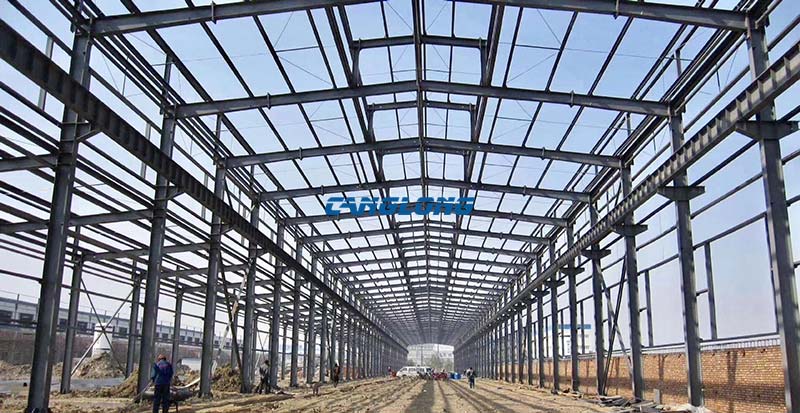
Ⅱ. Institutional thrust of steel structures
Technological breakthroughs have provided possibilities for steel structure, while global policy carbon constraints and industrial synergy have pushed them towards inevitability. From the EU’s “Green New Deal” to China’s “dual carbon” goals, from the US’s “Inflation Reduction Act” to India’s “2047 Net Zero Emissions Roadmap”, various countries are accelerating the popularization of steel structures in industrial buildings through a dual track system of mandatory standards and economic incentives.
1. Carbon tariffs and green certification
The EU CBAM has covered six major industries including steel and cement, requiring imported industrial products to disclose their full lifecycle carbon emissions. For manufacturing countries that rely on exports, such as Vietnam and Mexico, if their factories adopt high carbon emission concrete structures, it will directly increase the cost of product exports. On the contrary, steel structures have become the preferred choice for export-oriented industries due to their recyclability and low hidden carbon content.
In the Green Mark certification launched by the Building and Construction Authority of Singapore (BCA), steel structure projects can receive up to 20 bonus points (out of a total of 100), directly corresponding to rental subsidies and tax exemptions. Chinese GB/T 50878-2022 lists the proportion of steel structure usage as a necessary condition for three-star green industrial buildings.
2. Industrial chain collaboration
The popularization of steel structures cannot be separated from the deep collaboration of upstream and downstream industries. Upstream steel mills such as ArcelorMittal and Nippon Steel have developed functional steels such as weathering steel and fire-resistant steel. Midstream manufacturing enterprises such as Jinggong Steel Structure and Daming International have launched intelligent production lines with component accuracy reaching millimeter level. Downstream service providers (such as Siemens and Schneider) integrate electrical systems, fire protection systems, and steel frame designs. This integrated model of materials, manufacturing, and services shortens the delivery cycle of steel structure projects by 30% and reduces cost fluctuations by 15%.
For example, the NEOM hydrogen plant, a collaboration between Saudi Aramco and South Korea’s Pohang Iron&Steel, has extended its equipment lifespan from 20 years to 30 years through customized development of special steel resistant to hydrogen sulfide corrosion, while reducing the number of on-site workers by 50% through modular design.
3. Advantages of emerging markets
Emerging industrial countries such as Southeast Asia, the Middle East, and Africa are facing dual challenges of industrialization and carbon neutrality. In these areas, industrial land prices are low, labor is young but lacks skills, and the high dependence on manual labor (accounting for 25% -30% of the total cost) and long construction periods of traditional concrete structures have become bottlenecks.
The Foxconn factory in North Ninh Province, Vietnam, has adopted the light steel structure and robot assembly solution provided by China, reducing the construction period from 12 months to 7 months and reducing labor by 60%. The textile industrial park in Egypt’s new administrative capital has introduced prefabricated steel components from the United Arab Emirates Steel Company, and completed the construction of a 500000 square meter factory building within 3 months through a local welder training system. The latecomer advantage of emerging markets makes them the largest incremental market for steel structure globalization.
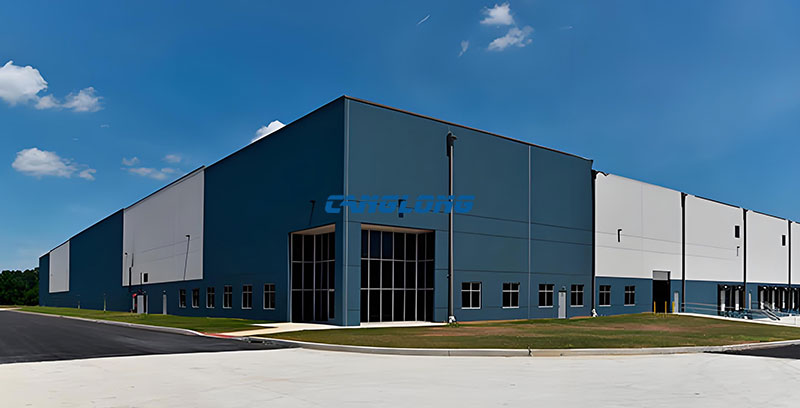
Ⅲ. Challenge and breakthrough
Although steel structures have become a new trend in global industrial construction, their widespread adoption still needs to overcome three obstacles: technological adaptability, initial cost perception, and market awareness bias.
1. Technical difficulties
In environments with high temperatures (such as steel mills), high humidity (such as tropical storage), and high salt (such as coastal ports), fire prevention and corrosion prevention of steel structure remain key challenges (the strength of steel decreases by 80% when it exceeds 500 ℃). The current mainstream solutions include:
Fireproof coating: Expansion type fireproof coating can increase the fire resistance limit of steel components to 2-3 hours.
Composite structure: The combination of steel frame and concrete floor not only utilizes the lateral displacement resistance of steel, but also enhances the fire resistance level through concrete.
New materials: aluminum magnesium manganese alloy (with weather resistance 10 times that of ordinary steel), fiber-reinforced composite material (FRP) wrapped steel components, have been validated for feasibility in offshore wind power equipment plants in Norway.
2. Cost Misconceptions
The market’s high initial cost perception of steel structure is essentially a disregard for the full lifecycle value. Taking a new energy vehicle factory in Jiangsu Province, China as an example: the initial cost of the steel structure scheme is 8% higher than that of concrete, but due to a 3-month shortened construction period, the cash flow income brought by early production reached 20 million yuan. The value of recyclable steel during demolition is 3 million yuan (only 500000 yuan for concrete). Save 500000 yuan annually on post maintenance costs (10 million yuan accumulated over 20 years). According to the cost-benefit analysis model (CBA), the full lifecycle cost of steel structures are actually 12% lower. In the future, financial instruments such as green bonds and carbon asset pledges will be needed to help homeowners quantify implicit returns and lower financing thresholds.
3. Cognitive bias
There is still a cognitive bias in the global industrial construction field that “concrete=safety” and “steel structure=fragility”. According to a survey by the Japan Steel Structure Association (JSSC), 60% of Japanese manufacturing business owners believe that steel structure factories are not as earthquake resistant as concrete, despite data showing the opposite result. Cracking this cognition requires demonstration projects and education popularization. The steel structure industrial building digital twin platform launched by the Fraunhofer Institute in Germany can simulate performance in extreme scenarios such as earthquakes and fires. The steel structure entry activity organized by the Ministry of Housing and Urban Rural Development of China has trained 100000 industrial workers and engineers. When steel structures become a consensus in the industry to be safer and more efficient, market acceptance will experience explosive growth.
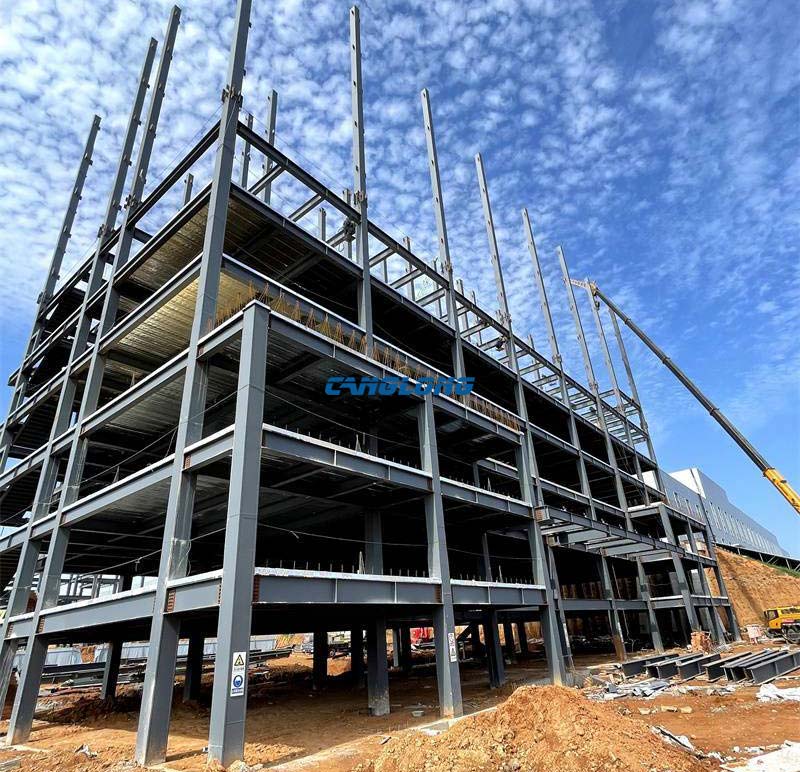
Ⅳ. Intelligentization of steel structure
With the deep integration of Industry 4.0 and carbon neutrality, steel structures are evolving from material revolution to intelligent ecology. The future industrial buildings will be breathing steel frames. By embedding sensors (monitoring stress, temperature, corrosion) and combining AI algorithms to optimize structural safety in real-time. Customize irregular steel components (such as curved roofs and complex supports) through 3D printing technology, breaking through traditional design limitations. By combining with photovoltaic integration (BIPV), the steel frame itself becomes a power generation unit, with 150W photovoltaic panels installed per square meter of roof, generating 150 kWh of electricity annually.
Against the backdrop of global industrial chain restructuring, steel structures will also become a link in global manufacturing. China’s Baowu Steel, Japan’s JFE, and Europe’s ArcelorMittal are jointly developing the Global Industrial Steel Structure Standard (GISC) to unify material properties, design specifications, and certification systems. Southeast Asian countries such as Vietnam and Indonesia rely on low-cost labor to build steel structure processing centers, providing customized components for high-end manufacturing industries in Europe and America. Ethiopia and Nigeria in Africa have built their own steel structure industry chains through technology transfer and local production models. This global division of labor and local adaptation model will accelerate the transition of steel structures from regional standards to global consensus.

Conclusion
From the first large-scale use of steel in the Eiffel Tower in Paris in 1889 to the global industrial building steel structure accounting for over 40% (with China accounting for over 55%) by 2025, steel has always been the most faithful skeleton of industrial civilization.
Today’s steel structure is not only an upgrade in materials, but also a technological carrier for industrial buildings to transform towards low-carbon, efficient, and intelligent. When the global manufacturing industry faces the dual challenges of carbon constraints and efficiency revolution, steel structures are redefining the standards of industrial buildings with their irreplaceable advantages. This is not a material substitution war, but a collective migration of human industrial civilization towards a more sustainable future.
As a well-known steel structure construction supplier in China, Canglong Group has 20 years of industry experience and provides one-stop steel structure solutions from design to installation. We have a factory of 100000 square meters, and all our products have been certified by ISO and CE, and are sold to over 80 countries and regions worldwide.
Related Posts
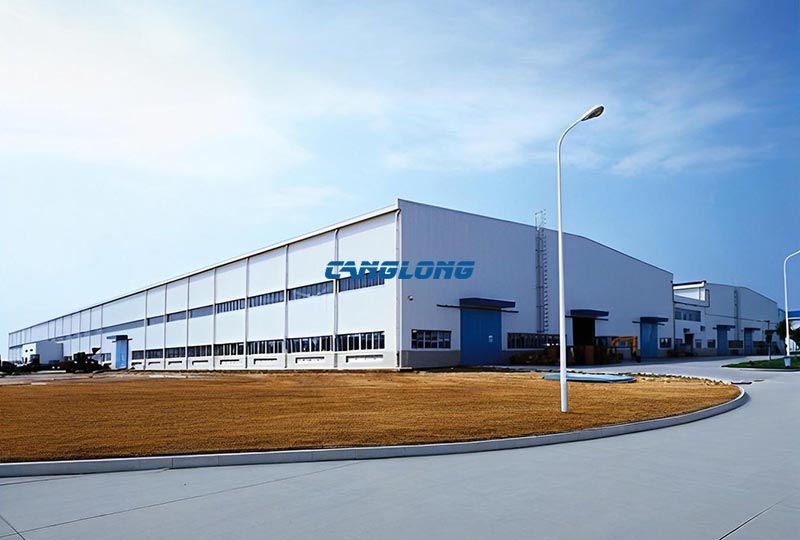
 August 6, 2025
August 6, 2025
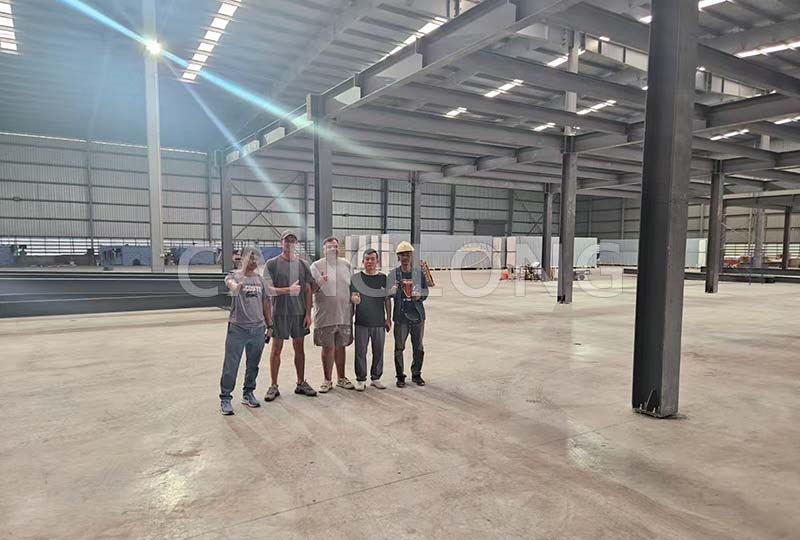
 November 5, 2025
November 5, 2025
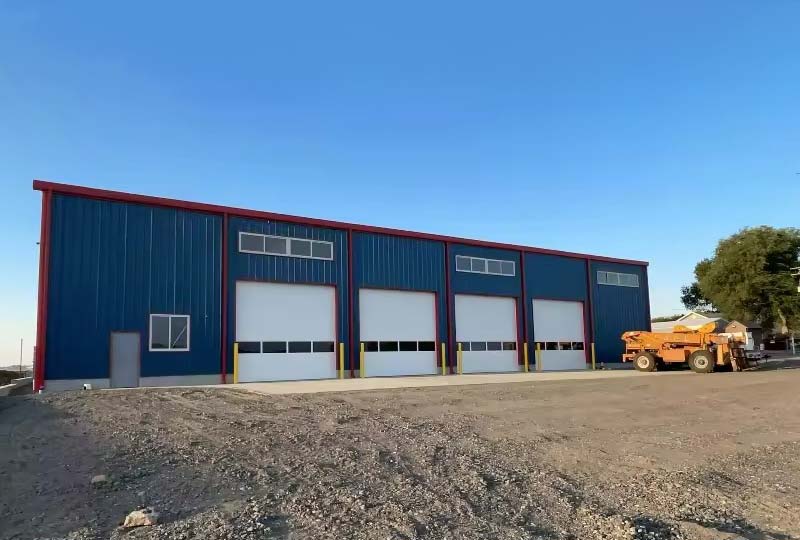
 October 17, 2025
October 17, 2025
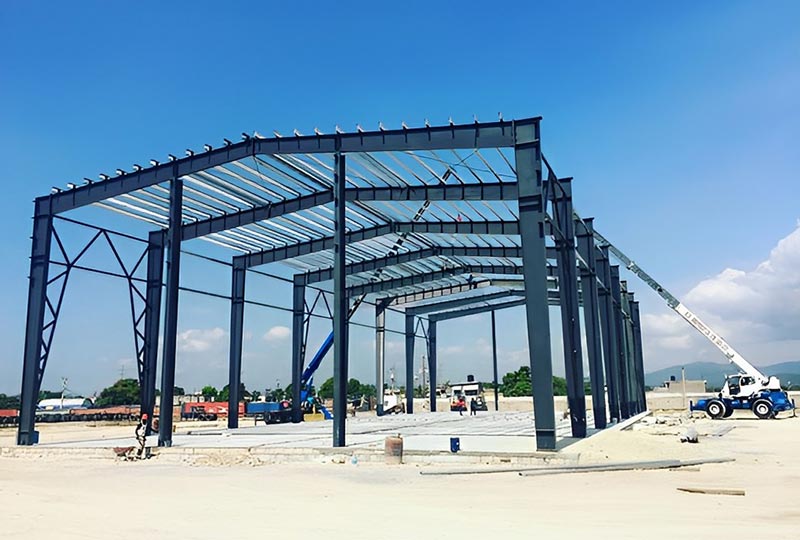
 August 25, 2025
August 25, 2025
Leave a Message
Your email address will not be published. Required fields are marked *

